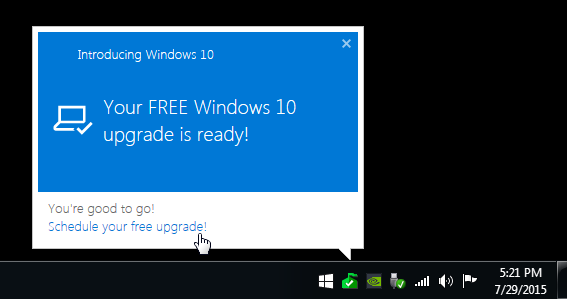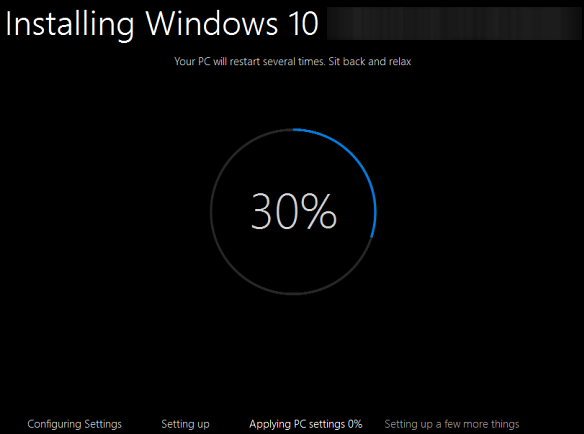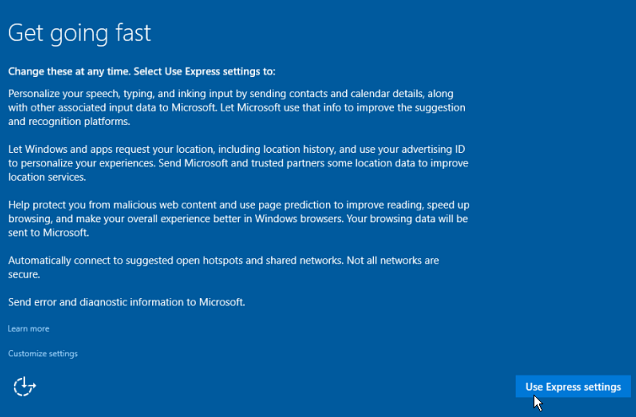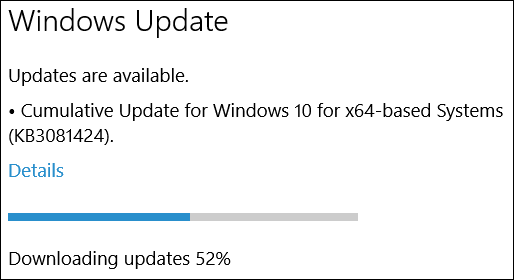aNewDomain — Microsoft launched its new operating system, Windows 10, last week in more than 190 countries. And it already estimated that some 14 million users worldwide have taken up Microsoft on its offer to get the Windows 10 upgrade.
— Microsoft launched its new operating system, Windows 10, last week in more than 190 countries. And it already estimated that some 14 million users worldwide have taken up Microsoft on its offer to get the Windows 10 upgrade.
Still waiting for Microsoft to notify you about your free upgrade? Hang tight. Redmond is rolling out the new operating system in waves. And if you’re purposely waiting, that’s fine, too. For awhile, anyway. You have a full year to get the Microsoft Windows 10 upgrade free of charge.
But if you are a Windows 7 user who avoided Windows 8 because of its wiggy interface issues and other problems, it might be time to get back in the water. Windows 10 is a return, in many ways, to the excellence of Windows 7. Not all Windows 7 features are supported in Windows 10 — scroll to the bottom of this piece to find out which ones and if you should think twice about the upgrade. But when you’re ready, you’re ready.
Here’s how to upgrade Windows 7 to Windows 10.
Note: While all of your photos, music, documents and other files are supposed to arrive intact in your Windows 7 to Windows 10 upgrade, do make sure all your important data is backed up. Also, create a USB Recovery Drive so you can boot from it and restore your system back to Windows 7 — just in case something goes awry. Deal?
How To Upgrade Windows 7 to Windows 10
When the Windows 10 bits have been downloaded to your computer and it’s ready to upgrade, you’ll see a message like the one below.

Even if you don’t see it automatically, go into Windows Update (the icon is at bottom right) and the option to upgrade your PC should be there. Click the message to get started. This will launch you into a series of screens and dialogs you’ll be moving through in your Windows 7 and Windows 8. First up: Head into the EULA (aka End User’s License Agreement).

Click Accept. The next window you see will prompt the actual installation.

It’s possible to schedule an update, but you’ll only get a three-day window in which you can pick a time.

Once your upgrade starts, you’ll see that your PC will restart several times. Be patient. The amount of time it takes will vary depending on your system, but in my experience it takes at least an hour. Your mileage will vary. Consider doing this on the weekend — or let it run overnight.

To get Windows 10 up and running quickly, select Express Settings. If there are other settings you want to change, you can always do it after the initial installation.

How To Manually Run The Windows 10 Update
Windows 10 is set to provide Windows Updates automatically, but you might want to get ahead of things and check for any updates manually after installation.
To manually kick off Windows Update head to Settings > Update & Security > Windows Update.
At this writing, Microsoft has released the first cumulative update. This includes non-security updates and improves features and stability of the OS. You’ll also want to open the Windows app store and update all of your Microsoft apps, too.

Unfortunately, you will notice some Windows 7 features are missing …
Microsoft has dropped some of the built-in Windows 7 features that we’re all used to. Here’s Microsoft’s list of what will no longer be available, and the options you have to replace these features.
- Windows Media Center. If you’re a hardcore fan of Windows Media Center, and want to continue using it, then don’t upgrade. Microsoft has taken it out of Windows 10. You can take a look at alternative media center platforms like Plex or Kodi (formerly XBMC).
- Desktop Gadgets. These were available in Vista and Windows 7, and were removed from Windows 8. Windows 10 will not support Desktop Gadgets either. I’m not sure how many people actually used them, but if you’re a fan, check out this free alternative.
- DVD Playback. Microsoft says, “Watching DVDs requires separate playback software.” DVD playback isn’t supported in Windows 8.1 either.
- Floppy Drive Support. Believe it or not, some people still use floppy drives, but they won’t work natively with Windows 10.
- Preinstalled Games. Built-in Windows games like Solitaire, Minesweeper and Hearts will disappear after you upgrade. Never fear, though. There are plenty of new alternatives available in the games section of the Windows Store. For example, here’s the Microsoft Solitaire Collection.
Still not sure if you want to upgrade? Check out this article: 10 Reasons to Upgrade to Windows 10
Also, check out aNewDomain reviews editor Sandy Berger’s article on her experience with the upgrade — she says it was “painless” — and how you can do the Windows 10 upgrade on multiple systems at a time.
For aNewDomain, I’m Brian Burgess.
All screenshots: Brian Burgess












